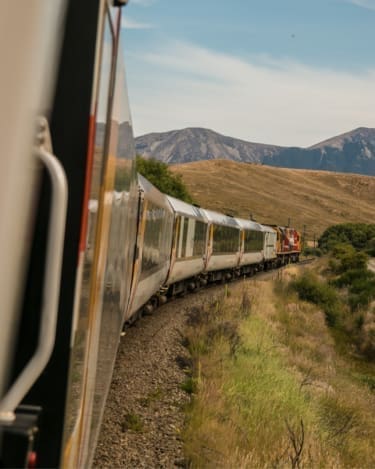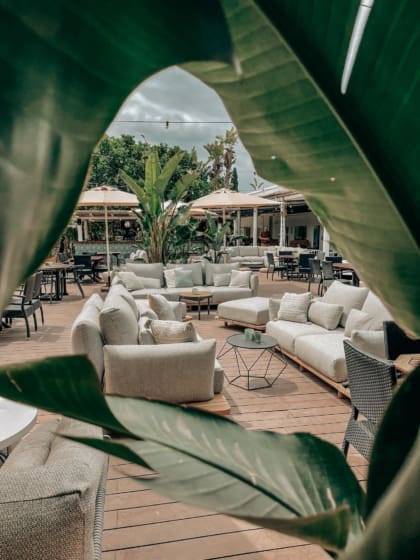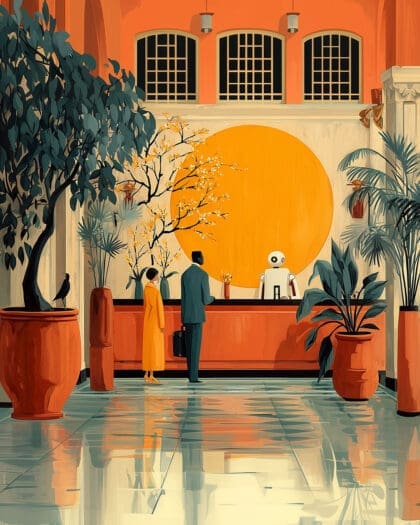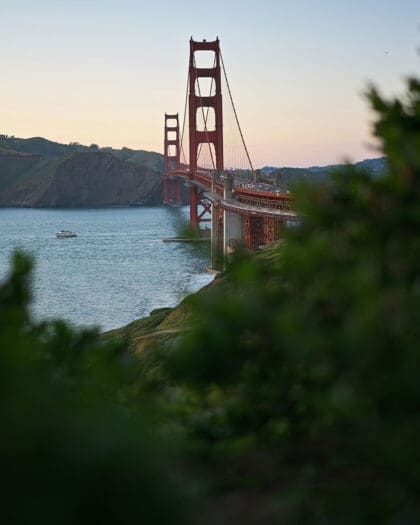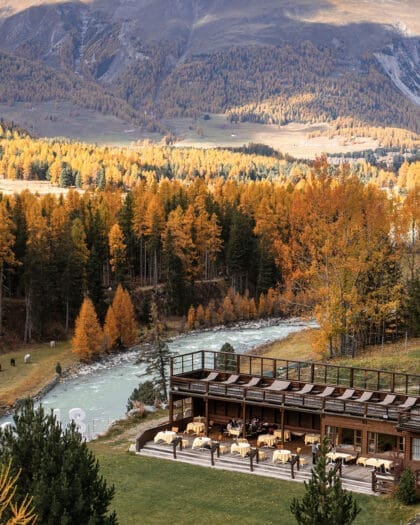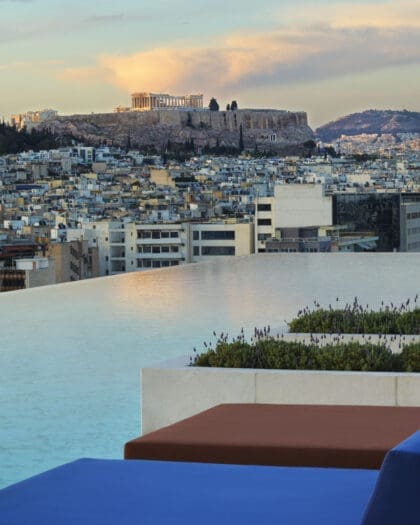
How is influencer marketing transforming the tourism industry?
A key marketing strategy for hotels, resorts and tourism boards alike, influencer marketing has disrupted how we consume travel. ROADBOOK explores how the industry is evolving
In the pre-Instagram age circa 2002, magazine editors were the influencers of their time. Renowned as arbiters of good taste, their magazines yielded the power to define trends and sell products, and their epic expense accounts, squadron of assistants and perpetual shower of press gifts reflected such influence.
Then came the digital boom and the birth of social media, which indelibly altered the landscape of how we consume news, products and photography. Newspaper and magazine circulation declined as the blogosphere exploded, followed by the launch of YouTube (2005), Instagram (2011) and TikTok (2016). And with these platforms, came a phalanx of online personalities, offering a refreshingly personal and accessible window into their lives.
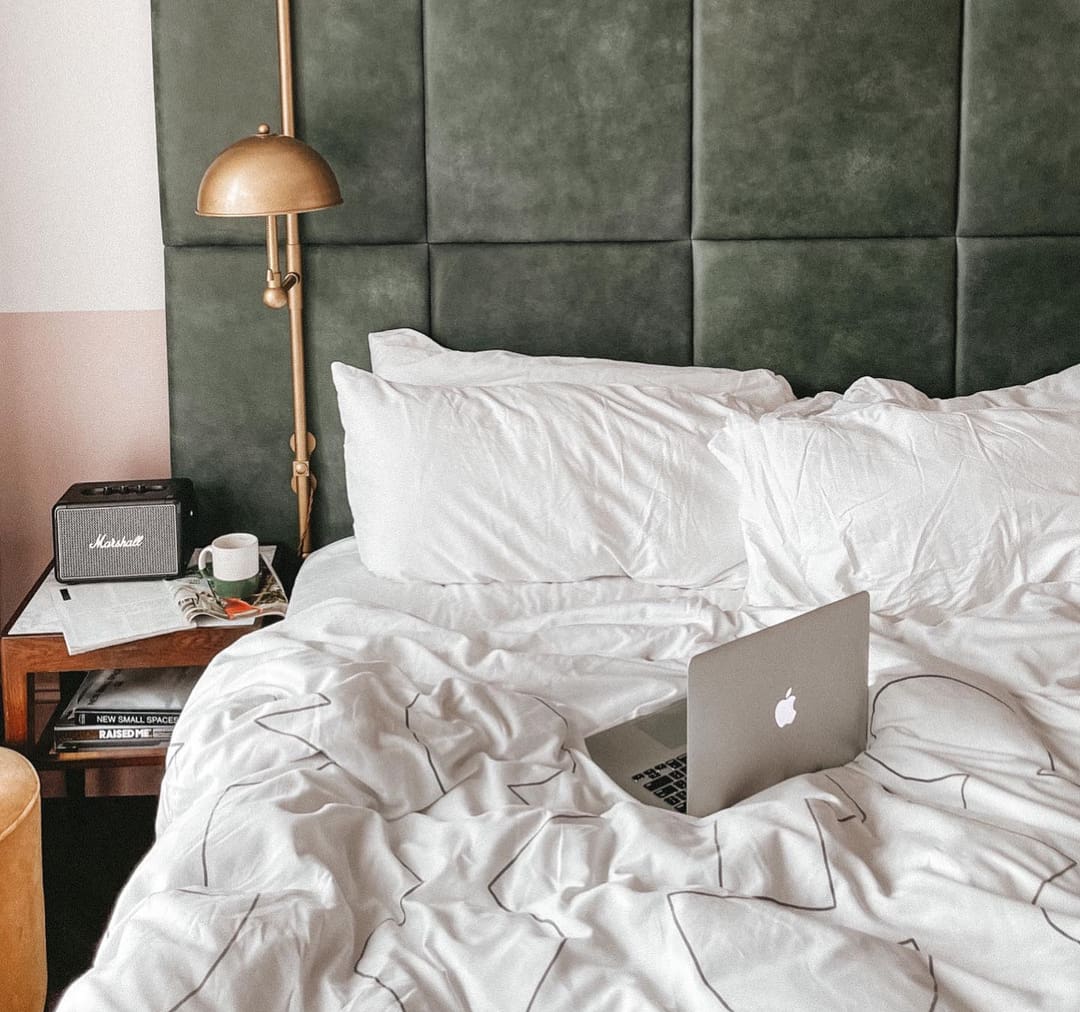
The rise of the social influencer
Influencer marketing is when brands promote products or services to social media users via an influencer – also sometimes known as a Key Opinion Leader (KOL) – who profits from their ‘influence’. They can also top up their earnings with affiliate marketing commission and advertising revenue through online streaming platforms such as YouTube, as well as subscription models on platforms including Substack and Patreon.
According to Statista, the 2023 influencer marketing industry is estimated to be worth 21.1 billion USD, rising from 13.8 billion USD in 2021 and 500 million USD in 2015. Goldman Sachs also predicts these figures will rise to a staggering 500 billion USD by 2027. Influencing is therefore not a hobby to be scoffed at but a serious business and booming economy, with its biggest stars raking in seven-figure salaries.
“Influencers have accrued so much data and insight and have such a close connection to their audience that they can now rival brands as much as work with them,” says Sara McCorquodale, founder of CORQ, the UK’s leading influencer intelligence and trend forecasting platform.
“Influencer marketing can be more tangible, measurable and meaningful than traditional out-of-home advertising,” adds India Cardona, who worked on the brand side of influencer marketing before building her own profile under the moniker The India Edit. “You’re buying into a trusted audience. There is also a lot more work behind the scenes than people realise: you have to be a manager, creative director, photographer, videographer, editor, copywriter – the list goes on.”
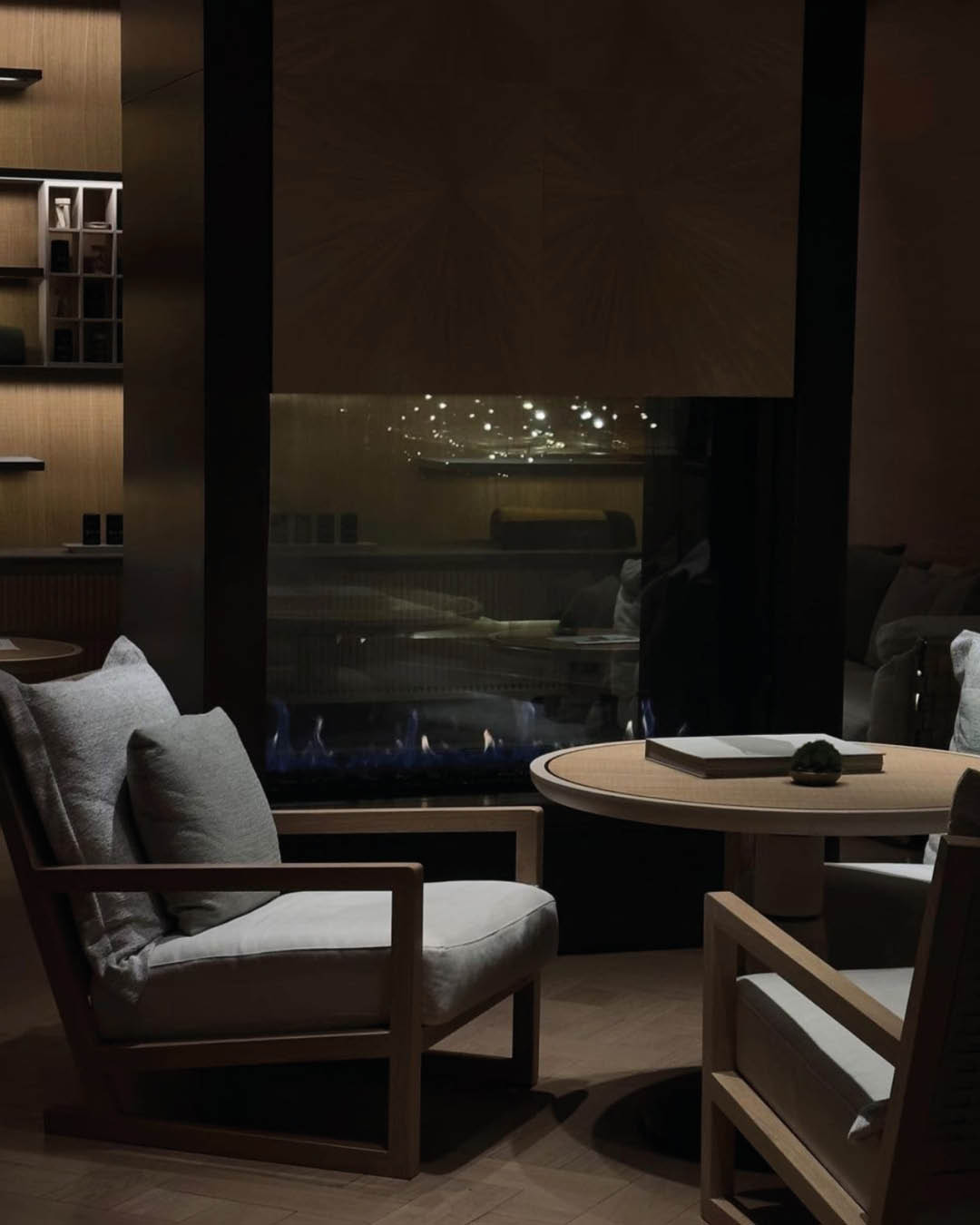
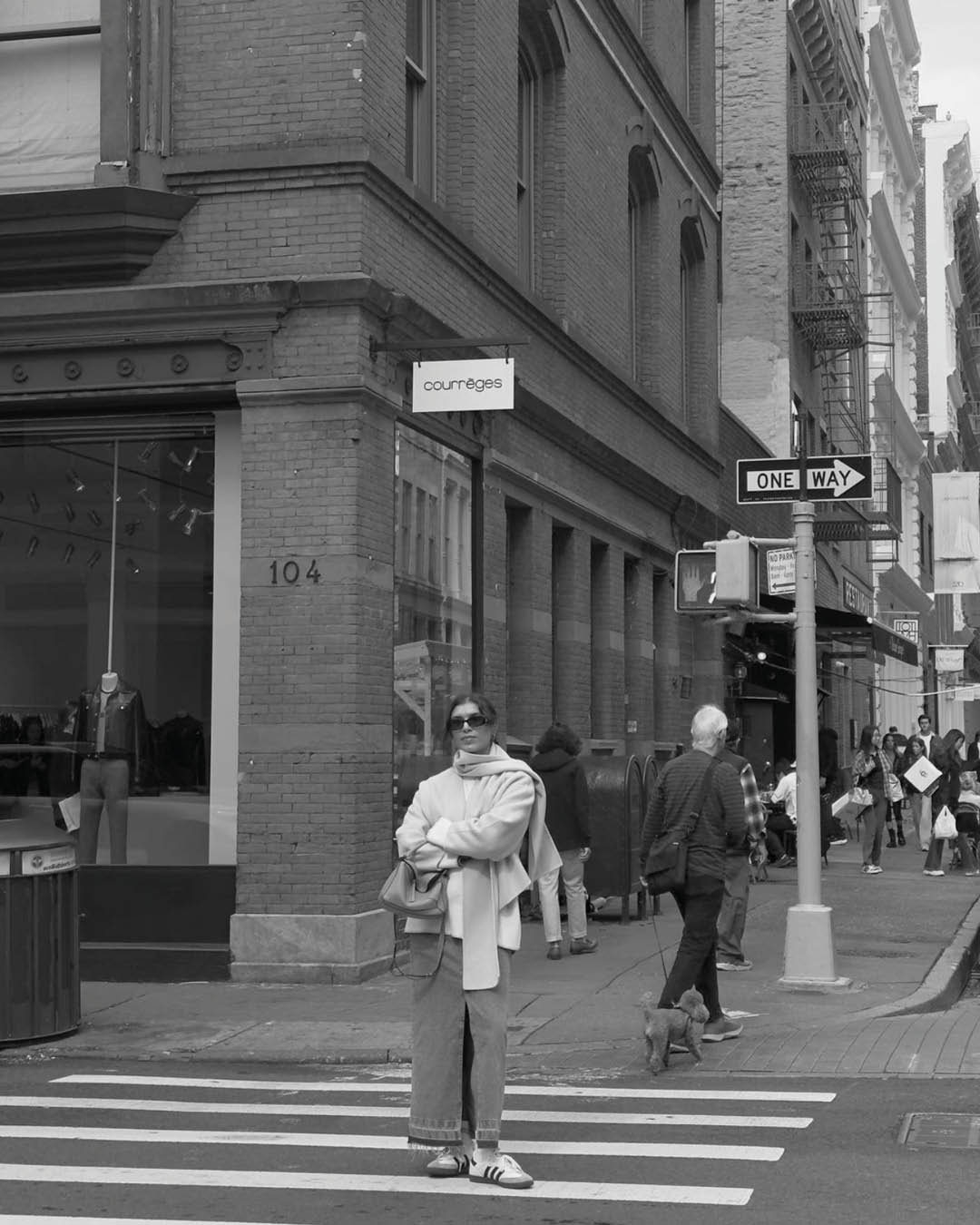
For a few years, the influencer sphere was an unregulated industry of undeclared free trips, paid content and loose ethics. Regulations have since tightened up, and influencers now need to declare all sponsored or gifted content by law.
In 2023, French model and reality television star Nabilla Benattia-Vergara was fined 20,000 EUR for failing to declare a paid Bitcoin partnership on Snapchat. Meanwhile, Chinese influencer Huang Wei, known as Viya, was slapped with a 210 million USD penalty for tax evasion.
McCorquodale, however, believes there is still a way to go, with recent data highlighting that regulations have had just a 35 per cent success rate. “It has had more of an effect on brands than creators. If an influencer has been investigated by a regulator, even informally, many brands will not work with them. The threat of regulatory involvement is too great.”
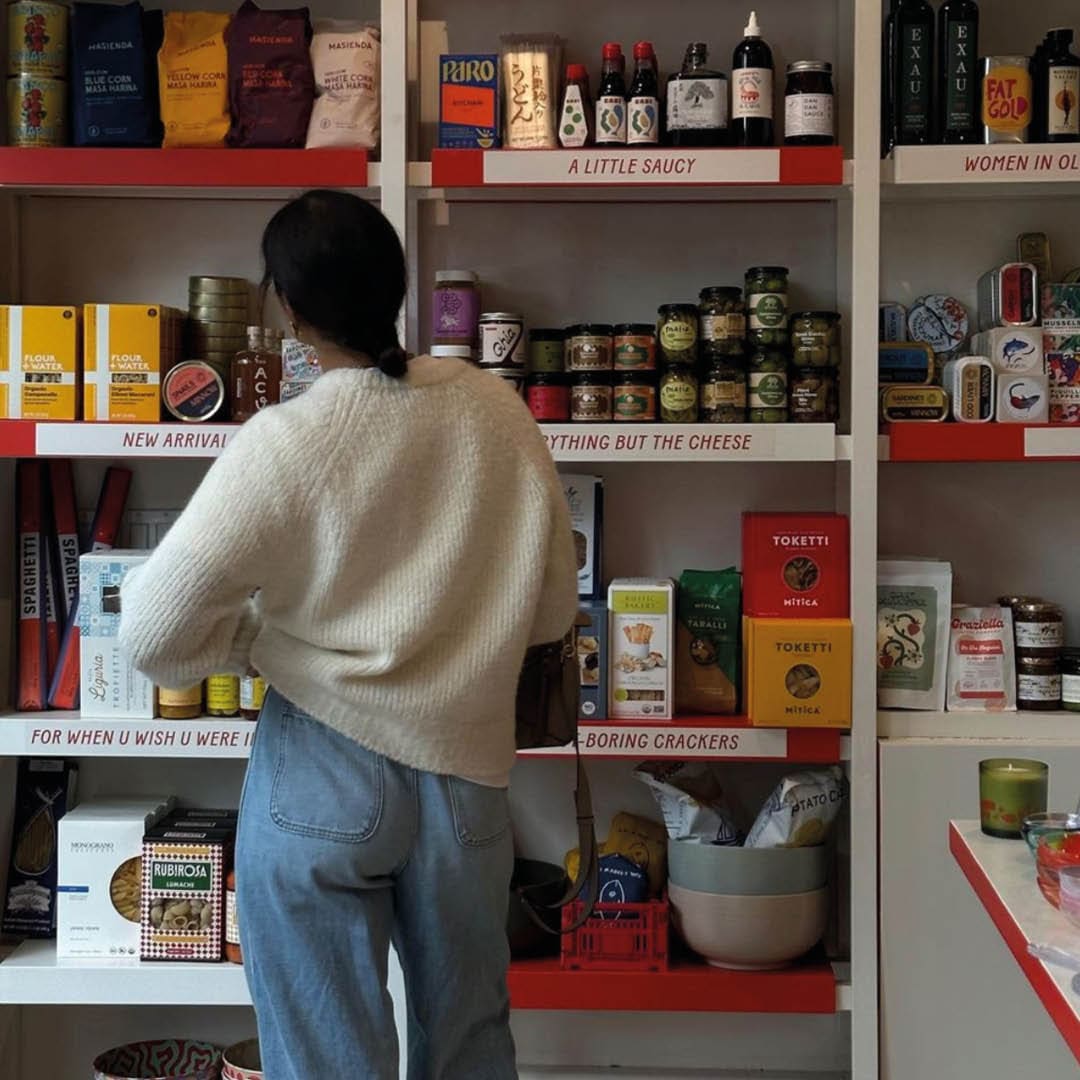
How influencer marketing disrupted the tourism industry
An infinity pool at dusk; a tour of a hotel bedroom; how to pack a suitcase like a pro. Influencer content offers a candid and real-time view of the travel industry, ranging from wanderlust-inducing escapism to practical advice (#travelhacks has had more than 4 billion views on TikTok). Such is its sway that influencer reach has been attributed to fueling overtourism, as social media followers flock to heavily photographed destinations, and has the power to dent or fuel tourism revenue through its coverage. The influencer industry has also acted as a force for good by challenging businesses on their carbon footprint, and championing sustainability and diversity.
“There are two types of travel influencers,” explains McCorquodale. “You have credible travel experts that dedicate their life to exploration and offer invaluable, informed advice. And you also have lifestyle influencers, who give an intimate, insider’s glimpse into hotels and resorts. Both of these communities help tourism as they make expertise accessible.”
“If you are an influencer broadcasting from a hotel in real-time, you can instantly respond to requests from followers, such as, can I see the restaurant? Does the bar sell alcohol-free beer? It allows for a greater level of engagement.”
The travel industry increasingly works with talent that crosses into other fields, such as fashion and music: Belmond’s recent collaborative campaign with Alexa Chung aboard the Venice Simplon-Orient-Express serves as a successful example of this.
Influencer marketing has made tourism accessible
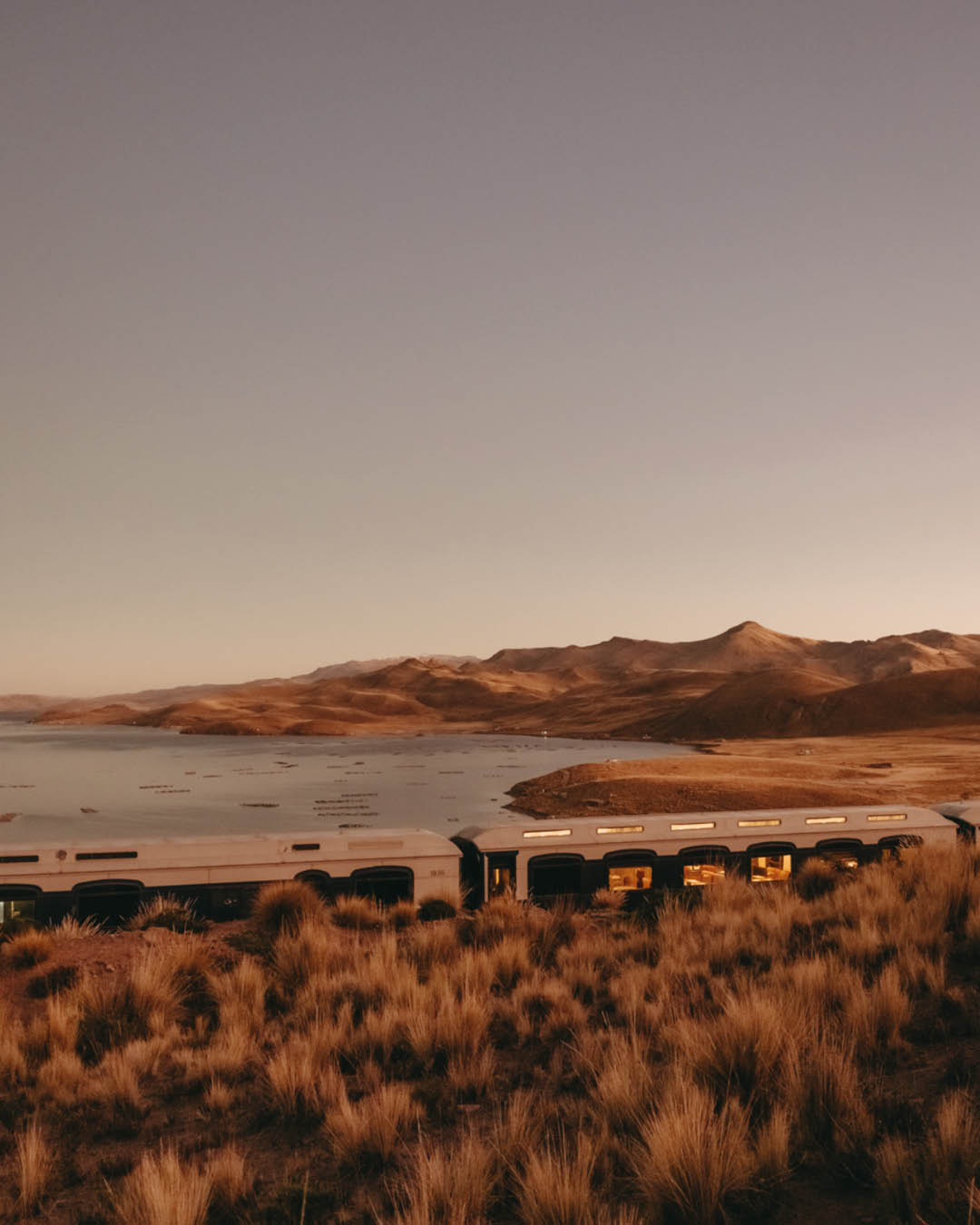

According to a survey conducted by the Influencer Marketing Hub, 70 per cent of travel brands use influencer marketing, while Prabhakar Raghavan, a Google senior vice president, has advised that “some 40 per cent of young people” use TikTok over Google when searching for information.
“Social media allows you to tell a visual story, which is incredibly important in the world of travel,” comments Anna Pearson, executive vice president of Bacchus Agency, whose clients include 1 Hotel Mayfair and One&Only Resorts. Pearson has watched the steady rise of travel influencers, transitioning from online blogs to Instagram and TikTok, leading to a “new breed of content creator… budgets are allocated to fund rooms, flights and destination itineraries, whereas five years ago these would have been solely reserved for top-tier travel editors.”
Pearson’s clients don’t tend to pay travel influencers and instead work on a contra-basis, which enables talent to stay in luxury hotels in exchange for pre-confirmed content. “Social media channels can have a huge influence on hotel bookings. Working with influencers can therefore be a highly impactful PR tool,” she says.
Pearson adds that it can be difficult to identify credible talent in an industry that lacks standard criteria and metrics, while bought followers can often lead to inauthentic engagement. “Influencers are not bound to editorial regulations like journalists and many have different rates and requirements.”

“It is a direct-to-consumer model with instant results,” comments Simon Drake, who has worked with The Mandrake and The Other House in London, and is now overseeing The Store Oxford, set to open in 2024. “However, there is also often a lack of professionalism that you wouldn’t experience with journalists or trusted publications, and illegitimate data growth has led to a decline in trust from consumers. We still value traditional media over influencer marketing.”
Indeed, the overall consensus is that while social media can be leveraged to boost bookings and brand visibility, print and online editorial remain the most important medium. “Influencer content is very ephemeral, which can be beneficial for a short-term campaign, such as a seasonal event or package,” advises Anne-Cecile Blanchot, co-founder of August Twenty Eight, a public relations agency and storytelling studio based in New York and Paris, which works with brands including Fairmont, 21c Museum Hotels, Sofitel and The Hoxton. The brand turns down around 80 per cent of requests and prefers to work with “accidental influencers”, who have an engaged audience and niche knowledge, vocation or expertise.
“The main hesitation is often whether the investment is worth the impact,” she continues. “It can come with an additional price tag without any certainty on results. It’s also a lot more work than working with traditional media, and the demands can be more taxing on the team and the client. Editorial, however, remains the number one priority for our clients.”
The hesitation is often whether the investment is worth the impact
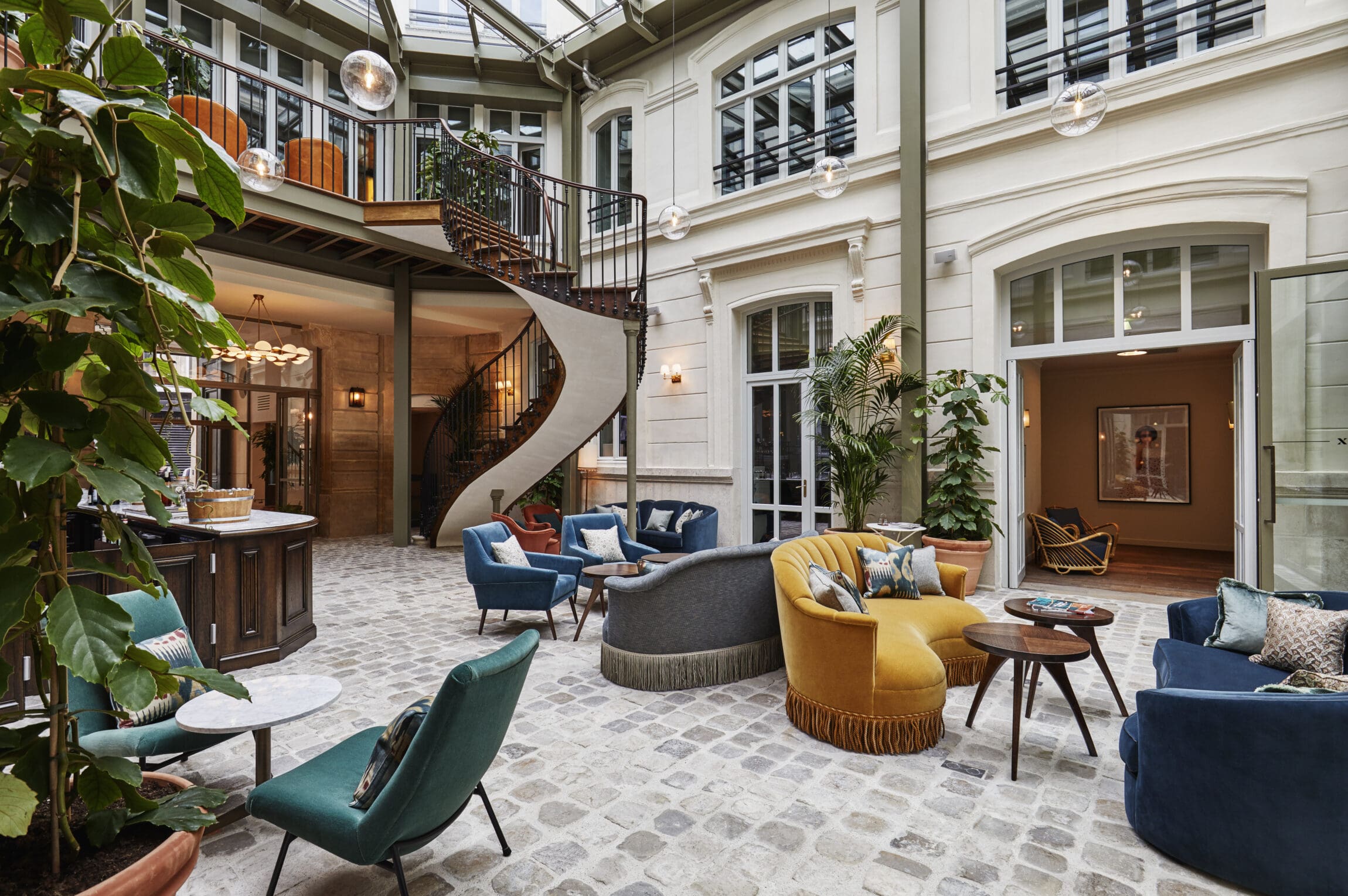
“Print and online editorial continue to be the backbone of our communications strategy even as it continues to shift and evolve,” agrees Raluca State, whose eponymous PR agency works with Palisociety and Piaule Catskill, among others. “We layer in influencer relations when appropriate, but we do this without sacrificing our love of traditional mediums.”
Raluca adds that often influencers will send a a blanketed query across multiple properties. “It feels solicitous, and we wish there was a more concerted effort to be thoughtful and selective. For us, it’s less about pursuing reactive pitches and more about building ongoing creative collaborations with people we know, trust and admire.”

The future of influencer marketing
In a world of now seemingly identikit travel influencers, how does one stand out? “A lot of influencers will post a shot of them posing in a hotel bedroom, but what does that really say about the property?” questions Anna Pearson of Bacchus. “A good influencer will showcase a full 360 of what makes a property special on their channels in an authentic but effective way.”
Aligned with other industries, there is an evident, ongoing trend for meaningful connection and realism, with users and brands moving away from perfectly curated grid posts of old in favour of lo-fi videos, intimate moments and authenticity. Social media users have grown unsurprisingly exhausted by ubiquitous photos of Santorini sunsets and instead seek out relatable, transparent and unique content. Follower count is also less significant, with the primary focus on high-quality content creation and potential reach.
There is a trend for ‘genuinfluencers’, who provide legitimate advice, informed by experience and research. In a similar vein, there is power in creative communities and niche collectives, garnering an engaged audience of like-minded individuals.

"A community can quickly become a mob"
“Video content is clearly thriving, and works so well for the travel industry as it really helps give a feel of a destination or hotel, and brings the viewer along with you,” says Alice Tate, who has built up a following of more than 26,000 followers, and works as a PR manager at Ennismore, looking after The Hoxton and SO/ Hotels & Resorts. “Community is at the heart of The Hoxton brand, so engaging and reaching creators’ communities has always been important for us.”
“I think people love to put ‘influencers’ in one big category, often with inverted commas and a bit of an eye roll, but reality is, so many creators work so hard and have real genuine influence,” she continues. “Credit to them, content creators are motivated, multi-faceted, committed, and dare I say it brave to put themselves out there online. The strongest and most ‘influential’ influencers are ones whose online personality is an authentic extension of themselves offline. Among those that I love to follow, I guarantee they’re more interesting and engaging offline than they are online – and that’s important.”
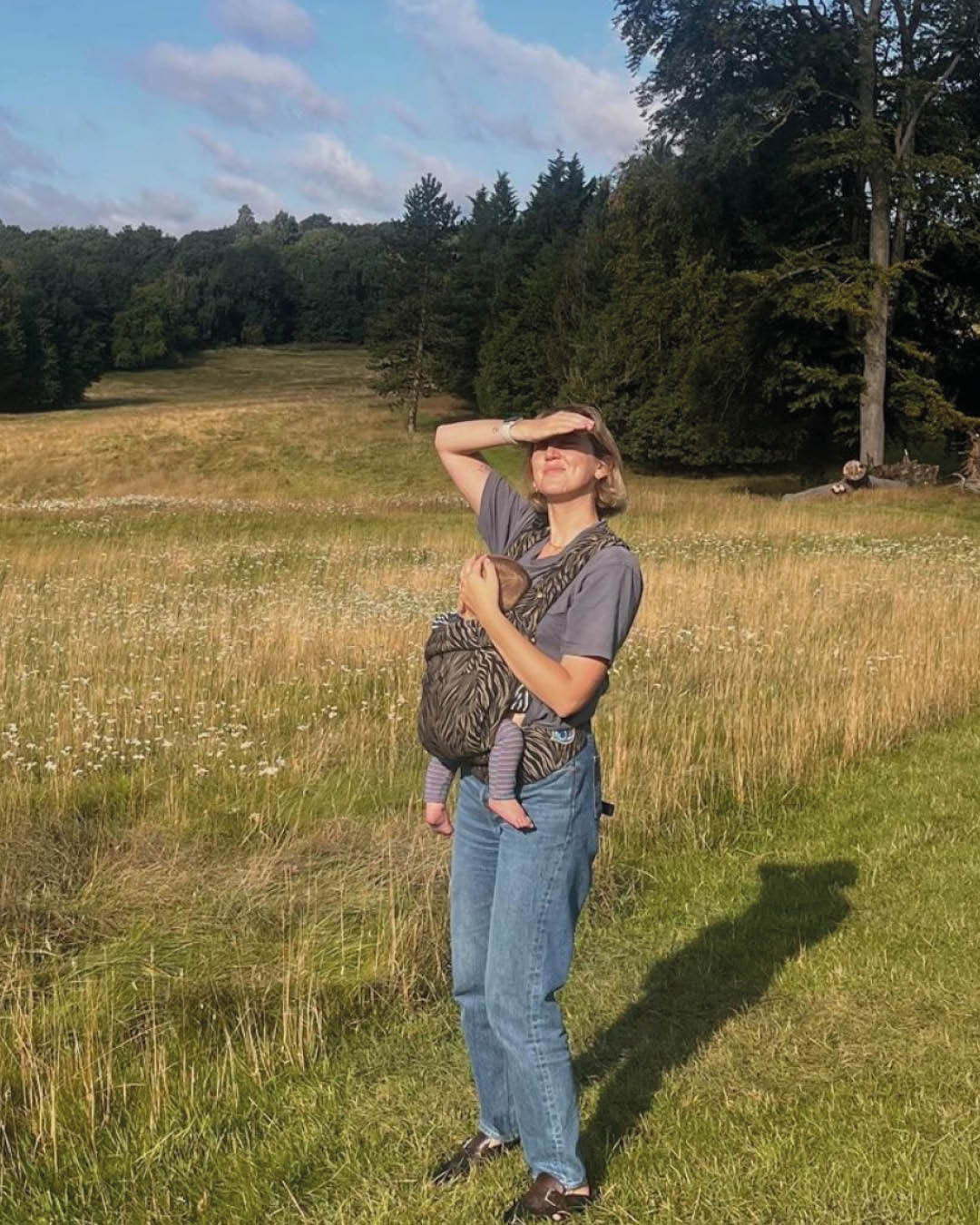
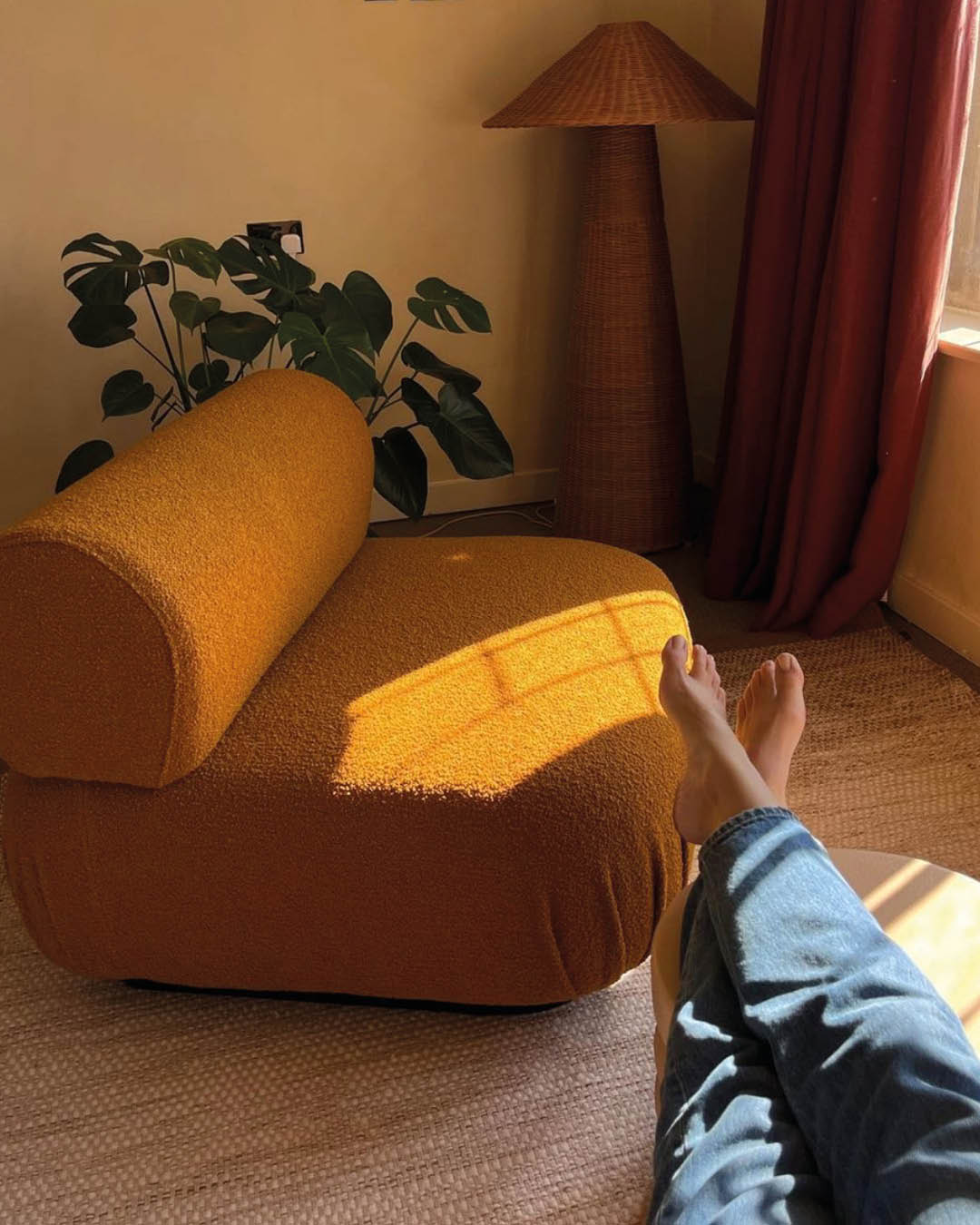
Regarding the future of influencer marketing, CORQ’s Sara McCorquodale highlights that it is a difficult industry that is getting harder. “A few years ago, there were fewer influencers and they could charge fantastic fees for minimal effort. Now the talent pool is perceived so wide, and brands have so much choice, that they are expected to provide more for less. An influencer’s audience is also a very delicate thing and a community can turn and quickly become a mob.”
It is hard to recall a time before you could click-to-book; before social media platforms were a bonafide search engine and, for better or for worse, every inch of the travel sphere was documented. The overarching opinion is that influencer marketing has unique benefits that complement traditional media, more than overshadow it, and – akin to any industry – authenticity and individuality are king. As Anna Pearsons summarises: “It’s time to shake up the traditional power dynamic and work together collaboratively.”


